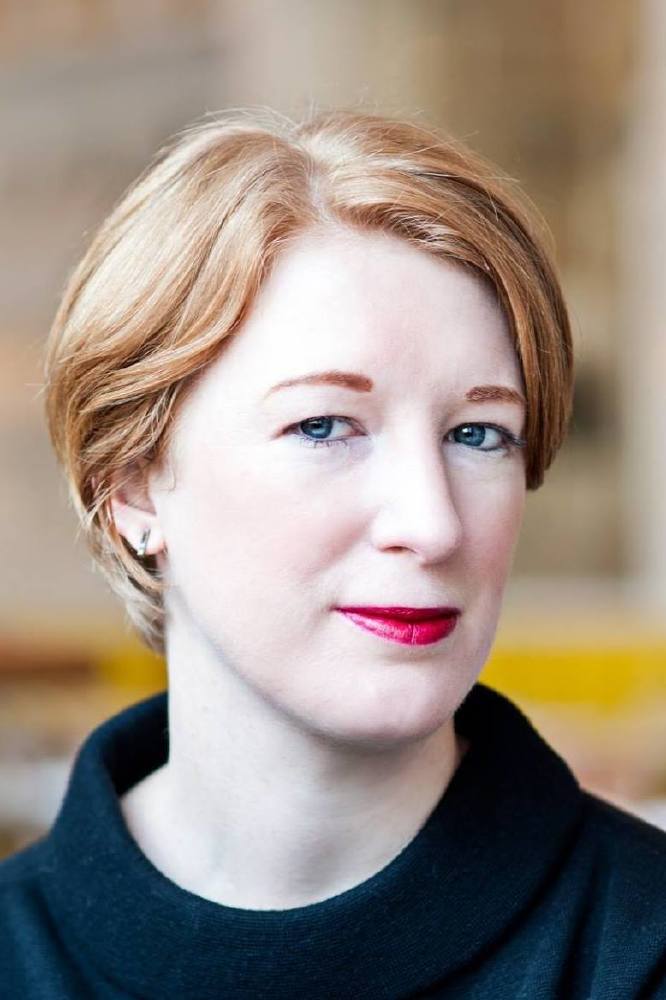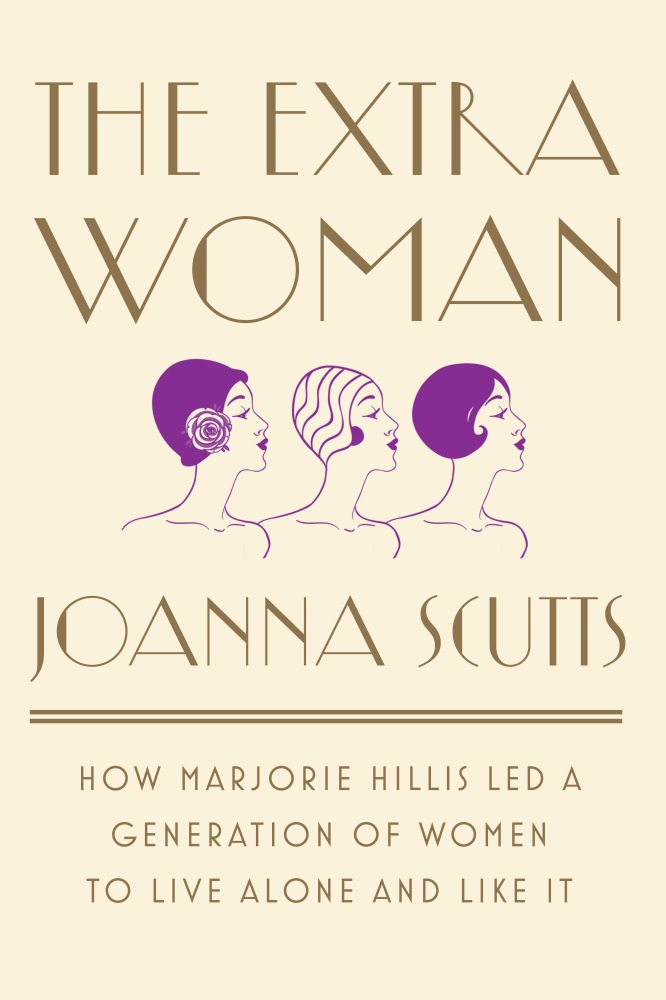In 1936, a 47-year-old minister’s daughter turned magazine editor published a witty and subversive self-help book for single women.

Joanna Scutts by Sarah Klock
An unexpected hit, Marjorie Hillis’s Live Alone and Like It taught women to mix their own cocktails, make their own choices, and cast off the expectations of society to follow their own path to happiness. Deep in the Great Depression, Hillis’s message of unabashed self-indulgence resonated with women—and not a few men—across the United States. In Britain, her book was also a hit, along with its sequels: the personal-finance guide Orchids on your Budget (key lesson: spend money on what you truly love, and the rest will take care of itself) and 1937’s Corned Beef and Caviar for the Live-Aloner. This third book sent the message to single women that they could find pleasure in cooking for themselves and hosting guests—even, shockingly, a man alone.
Like many cookbooks of the time, Corned Beef and Caviar assumed fundamental differences between what men and women ate. A ladies’ tea ought to be dainty and delicate, while men’s tastes ran to the bloody and boozy. But not every menu was suitable for every man—it really depended on whether you wanted him to stick around. A man who didn’t drink was assumed to have no real taste, so he’d be happy with canned mushroom soup, chicken, and string beans. “We think this menu is TERRIBLE,” the author confessed, “but the teetotaler will like it.” The tastes of the heavy drinker also didn’t much matter—he wasn’t suitable anyway as “a prospective beau.” The gourmet and the picky eater were pretty much impossible to please, but a “perfect gentleman” liked everything in moderation, and for him it was worth hiring a maid, roasting a duck, and opening a bottle of vintage red.
Of course, a single woman wasn’t going to be cooking for her potential Mr. Right every night, and she still had to feed herself. Even Marjorie Hillis, champion of independent women everywhere, admitted that meals for one might not seem worth the effort. To counteract the depressing prospect of the 1930s version of a Pot Noodle, she urged her reader make mealtimes a pleasure. Why sit at a big empty table when you were free to set up a table beside the fire or on the balcony, or eat off a tray in bed? Wherever you ate, she believed, it should look and feel like an occasion, and it was easy and cheap to pick up coordinating napkins, dishes, and glasses. “Black-and-tan checked linen... yellow pottery, amber glassware, and yellow marigolds in a black bowl” could do a lot to offset any lingering loneliness, and serve as a declaration that a solo meal was a treat—all the more powerful if you dressed up in something comfortable and gloriously impractical, like a “trailing negligee and froufrou.” After all, Hillis insisted, “the woman who always looks at night as though she were expecting a suitor is likely to have several.”

The Extra Woman by Joanna Scutts is published by Liveright, £16.99.
http://wwnorton.co.uk/books/9781631492730-the-extra-woman

